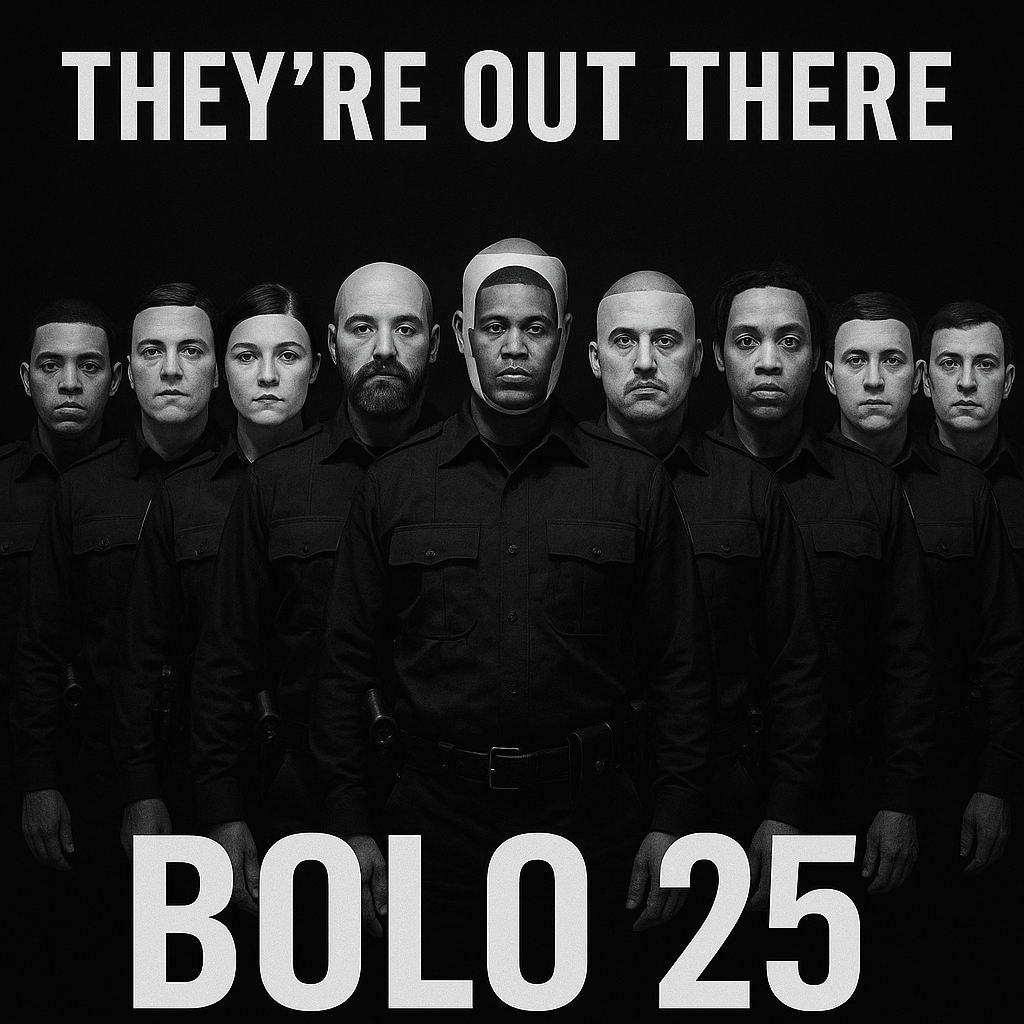
Canada’s Bolo Program Unleashes Its Top 25 Most Wanted — The Hunt for Justice Begins
Share
Faces in the Shadows: Canada’s Bolo Program Unleashes Its Top 25 Most Wanted — The Hunt for Justice Begins
On October 8, 2025, the ballroom of Vancouver’s elite Vancouver Club transformed into a chilling theater of justice. Twenty-five undercover officers stood side by side, motionless, their faces masked with AI-printed visages of Canada’s most dangerous fugitives. It wasn’t fashion—it was a message.
This was the unveiling of the Bolo Program’s 2025 Top 25 Most Wanted list, a project powered by the Stephan Crétier Foundation, calling every Canadian to look harder, scroll slower, and see the faces hiding in plain sight.
Since its birth in 2018, the Bolo (“Be On the Lookout”) initiative has become one of the most effective civilian-law enforcement collaborations in the nation. Forty-two fugitives captured. Seventy-eight profiled. Thousands of tips. And now, with the help of AI imagery, viral campaigns, and cash rewards up to $100,000, the 2025 list arrives like a digital manhunt stretching from Vancouver’s ports to Toronto’s high-rises.
“These individuals walk among us,” warned Executive Director Maxime Langlois, his voice echoing off the marble walls. “They won’t vanish on their own.”
The New Faces of Fear
At the top sits Bryan Fuentes Gramajo, 23, accused of the Yorkdale Mall execution-style killing that shocked Toronto in July 2025—a daylight murder that turned a shopping center into a war zone. Close behind are Toronto’s Tamah McLean, 31, wanted for the June 9 shooting of Jordan Thompson, and Dellano Robertson-Berry, 25, linked to the February murder of Lyle Pounall.
Seventeen of the twenty-five face murder charges. Others are tied to organized drug syndicates, gang wars, and years-old cold cases now reignited through public exposure.
Ontario dominates with fourteen names. Quebec claims four, Manitoba three, Alberta and B.C. two each. This is not a regional problem—it’s a Canadian one.
A Nation Watching
The Bolo reveal blurred the line between justice and theater. Officers in masks stood like ghosts of the guilty—reminders of crimes unpunished and families left behind.
“Sit in that discomfort,” said Vancouver Superintendent Dale Weidman. “It means you care.”
Online, reaction was electric. Some called it “the most brilliant crime awareness stunt ever pulled.” Others felt haunted by the sight. Either way, the program’s visibility exploded overnight—exactly what its creators intended.
Justice in the Age of the Algorithm
This isn’t about voyeurism—it’s about vigilance. The Bolo Program’s site (boloprogram.org) now hosts AI-generated moving portraits of each fugitive, helping citizens recognize faces that shift with time.
Critics may call it spectacle. But for the families of victims, every shared post and every anonymous call could be the difference between freedom and capture.
The Call
Gun violence in Canada has risen sharply—Toronto alone has logged more than 200 shootings this year. Each fugitive represents a story unfinished, a wound left open.
The message from Bolo’s creators is clear: justice is a collective act. When citizens become the eyes of the nation, fugitives lose their shadows.
See someone suspicious? Call 1-800-222-TIPS or submit information anonymously at boloprogram.org.
Because the hunt isn’t just the police’s fight anymore.
It’s ours.
